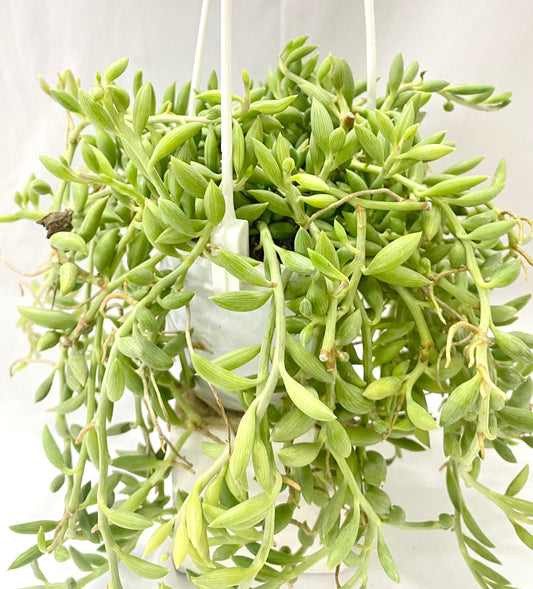Collection: Senecio (String of)
Senecio is a diverse genus of flowering plants that includes a wide range of species, some of which are succulents, while others are herbaceous perennials. Here are some key features of Senecio:
1. **Variety:** The Senecio genus is large and diverse, encompassing over a thousand species. These plants can vary widely in appearance, growth habit, and size.
2. **Foliage:** Senecio species have a range of leaf shapes and colors. Some have fleshy, succulent leaves, while others have more traditional, herbaceous foliage. The leaves can be green, gray, or silver and may be smooth or covered in fine hairs.
3. **Flowers:** Senecio plants produce daisy-like flowers in various colors, including shades of yellow, orange, and white. The flower heads are typically composed of both ray and disc florets.
4. **Cultivation:** Some Senecio species are popular as ornamental plants, both indoors and outdoors. They are known for their ease of care and can be grown in various climates and conditions.
5. **Succulent Varieties:** Many succulent Senecio species are adapted to arid conditions and are well-suited for rock gardens, xeriscaping, or as container plants.
6. **Toxicity:** Some Senecio species contain toxic compounds, particularly pyrrolizidine alkaloids, which can be harmful to livestock and, in some cases, to humans. It's important to be aware of the specific species you are growing and any potential toxicity concerns.
Common Senecio plants include Senecio rowleyanus (string of pearls), Senecio radicans (string of bananas), and Senecio mandraliscae (blue chalk sticks). Whether you're interested in succulents or herbaceous perennials, Senecio offers a wide range of choices for gardeners and plant enthusiasts.
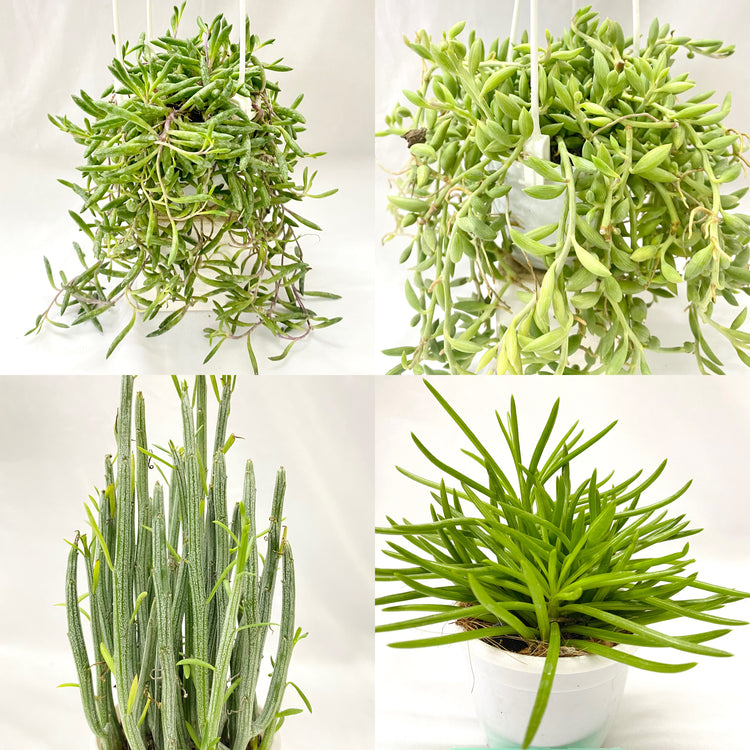
-
Hanging - Senecio String of Bananas
5.0 / 5.0
(1) 1 total reviews
Regular price Rs. 300.00Regular priceUnit price / per -
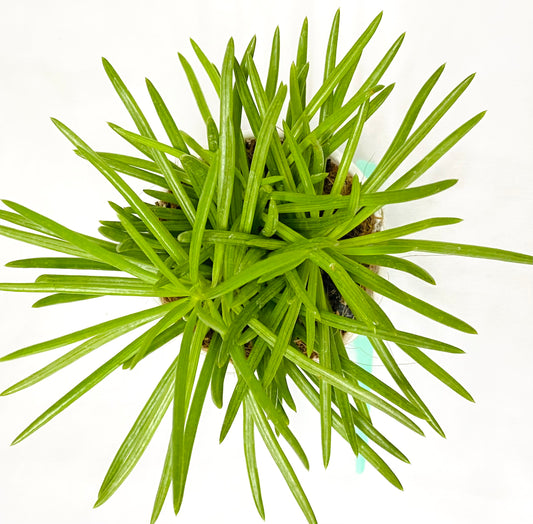
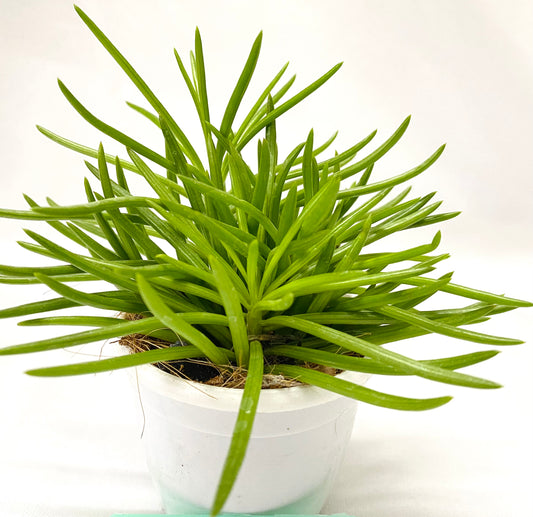 Sold out
Sold outSencio Ficodes Himalayas
Regular price Rs. 200.00Regular priceUnit price / perRs. 0.00Sale price Rs. 200.00Sold out -
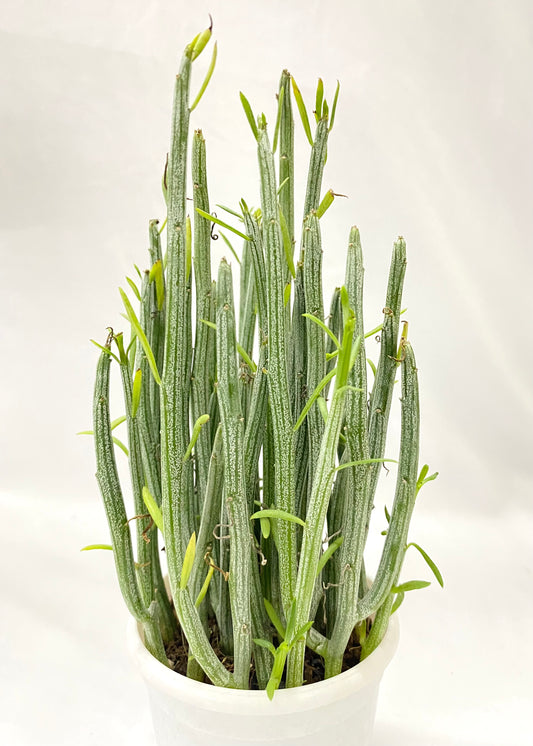
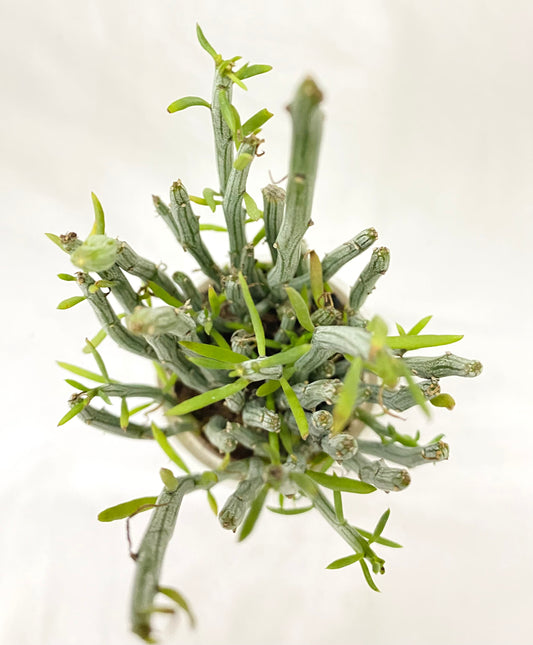 Sold out
Sold outSencio Anteophorbeum
Regular price Rs. 250.00Regular priceUnit price / perRs. 0.00Sale price Rs. 250.00Sold out -
Hanging - Senecio herreianus 'Purple Flush'
Regular price Rs. 300.00Regular priceUnit price / per

